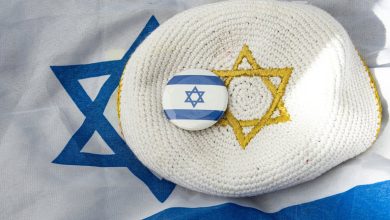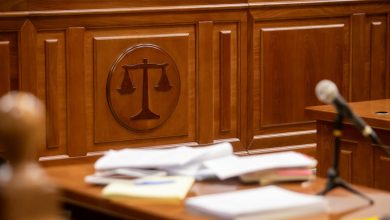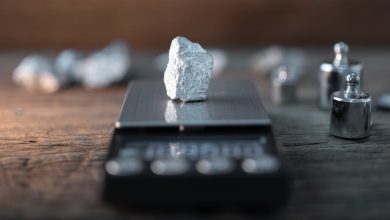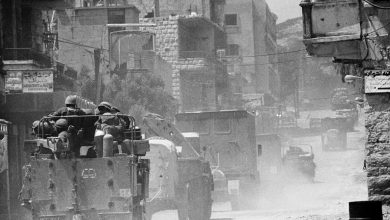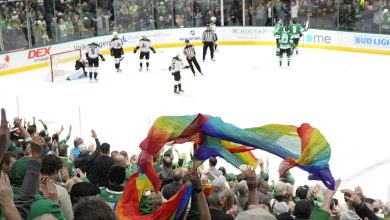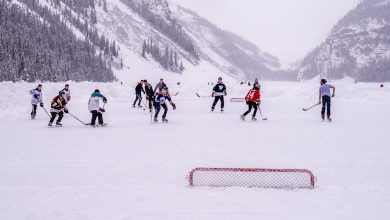From the Crimean to the Iraq War, soldier images pose questions about propaganda

مجلة المذنب نت متابعات عالمية:
Questions surrounding the film Russians at War linger following controversy surrounding it at the Toronto International Film Festival (TIFF).
TIFF faced protesters at a Sept. 17 screening of the “first person” documentary by Russian Canadian filmmaker Anastasia Trofimova. The festival had “paused” public screenings following an earlier media and industry screening, as festival staff reported receiving “significant threats” to festival operations and safety. Protesters said the film was pro-Russian propaganda.
Trofimova told CBC her film was an attempt to humanize Russian soldiers as a way to combat further anger and violence.
I have not seen the film, but as a researcher who has long examined the ambiguous meanings of soldier images, I’m not surprised the film has been criticized as propaganda. In my book War without Bodies: Framing Death from the Crimean to the Iraq War, I examined how images that omit their political context can be viewed as implicitly supporting the war effort.
THE CANADIAN PRESS/Chris Young
First photographs: Crimean War
This ambiguity can be found in the first photographs of the British army at war. These were taken by photographer Roger Fenton during the 1853-56 Crimean War, in which British, French and Ottoman military attacked Russia and besieged Russian forces on the Crimean Peninsula.
Fenton was commissioned by a Manchester, U.K. publisher, Thomas Agnew and Sons, to photograph the British army in Crimea, focusing on officers and any other participants he found interesting.
His photographs were to be used as the basis for oil paintings by the artist Thomas Barker. The publisher didn’t reproduce photographs, but made them into woodcuts or as source material for paintings.
Fenton also photographed the landscape and foreign fighters like French Zouaves — French military units originally formed from the Zouaoua Berber tribe from the coastal mountain Djurdjura region of North Africa after the French invaded and conquered Algeria — but the majority of his subjects were British officers.
Shared social class
Fenton wasn’t commissioned by the government, but he had a letter of introduction from Prince Albert, husband of Queen Victoria. He was of the same social class as the officers he photographed, and dined with high-ranking officers such as Lord Raglan.
Fenton’s photographs gave the appearance of a competent and functioning military led by skilled officers. Photographs such as one taken of Cornet Wilkin looking smart and capable on his horse suggest the traditional posed style of military portraiture seen in commissioned tribute paintings.
The photograph His Days’ Work Over: Lieut.-Colonel Hallewell and Servant shows a reclining officer being waited on by his manservant. The image indicates the class status of the officer and depicts leisure rather than war.
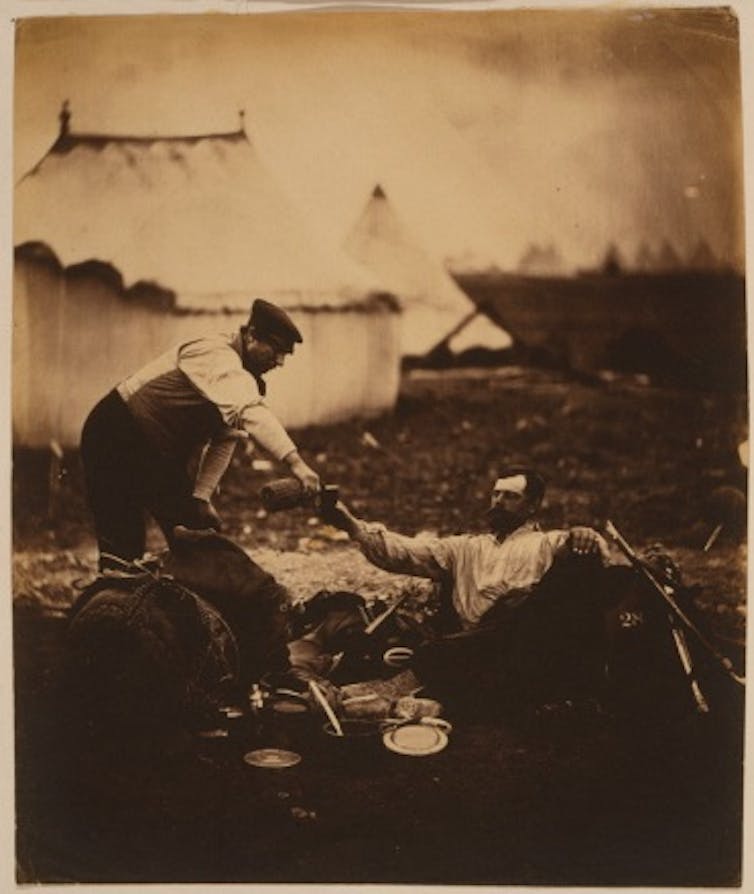
(Library of Congress)
The Cookhouse of the 8th Hussars similarly shows a group of cavalry with one reclining and others grouped around a man serving food.

(Library of Congress)
The photograph omits any visual evidence that would acknowledge that these are the survivors of an infamous British military blunder, the Charge of the Light Brigade, where cavalry were mistakenly ordered to charge directly at Russian artillery and suffered disastrous casualties.
Long exposure, composed photographs
Fenton could not photograph combat given the amount of time needed to capture an image using the wet collodion process, which required a long exposure.

He could, however, have documented other aspects of the situation in Crimea which were covered by reporter William Howard Russell, who Fenton also photographed in 1855.
Russell’s dispatches on the terrible conditions suffered by British troops and the ravages diseases like cholera combined with letters published by the soldiers caused a scandal in Britain. These reports led to the downfall of a government and to Florence Nightingale organizing a cohort of nurses to tend to the sick and wounded.
Russell’s reporting revealed what was omitted from Fenton’s photographs of the war. The photographs served as the first demonstration of how such images could present positive images of war that belied the reality of death and suffering.
Fenton’s photographs indirectly supported the war effort by showing only positive images of individual soldiers.
Vietnam, Iraq War
Media coverage of the American war in Vietnam, often referred to as the “first television war,” is often credited with turning public opinion against the conflict.
Images of dead soldiers and civilians were transmitted to the viewing public. The “Saigon execution” photograph of a man being shot in the head was particularly shocking.
To avoid mages such as this, according to Jessica M. Fishman, a behavioural scientist who has examined how media censors and displays the dead, major networks like CNN, Fox News and NBC largely followed an informal agreement to avoid showing graphic images of dead American soldiers during the Iraq War. In addition, reporters were embedded in military units and formed close relationships with the troops who were the subject of their reports.
Read more:
Three images that show wartime photographs can have greater impact than the written word
The result was sanitized coverage of the war which, at least initially, helped maintain public support for the conflict. Images of drone strikes in particular suggested that the military was using precision weapons and “surgical” strikes that did not include civilian casualties.
Just as reporting by Russell contradicted Fenton’s images of a competent military, photographs of the torture of prisoners in Abu Ghraib prison by American solders in 2004 helped change public perception of it as a “just war.”

(AP Photo/Jae C. Hong)
Trust with soldiers, personal ties
Trofimova, in an interview with CBC, said she does not support the war and wanted to break stereotypes of Russian soldiers as motivated by hate.
She pointed out that Russia has conscription and that many soldiers may have been drafted and are not supportive of the war. She also stated that she had no support from the Russian government and gained access to soldiers because she built up trust with them.
The parallels with Fenton are instructive because he did not have support from the British government, and relied on personal connections to obtain his portraits.
Excluding crucial information
As with Fenton, the image of the Russian army conveyed by the interviews with soldiers may be as significant for what it leaves out about the war as much as what it tells us about them as individuals.
When the CBC interviewer asked Trofimova about a statement made by a Russian soldier that they were incapable of committing war crimes, which Tromifova did not correct,
she replied that “once you start trying to make this an analytical documentary that is going to provide you with stories that you have not documented yourself, then this becomes something else.” In March 2024, the Independent International Commission of Inquiry on Ukraine announced it had new evidence Russian authorities have committed violations of international human rights and international humanitarian law, and corresponding war crimes.
Read more:
Putin’s war on history is another form of domestic repression
Both Fenton’s photographs and a documentary that focuses on Russian soldiers’ perspectives exclude crucial information that would help lead the viewer to question the conduct of the war or how it is being justified.
نشكركم على قراءة المنشور عبر مجلة المذنب نت, المتخصصة في التداول والعملات الرقمية والمشفرة


